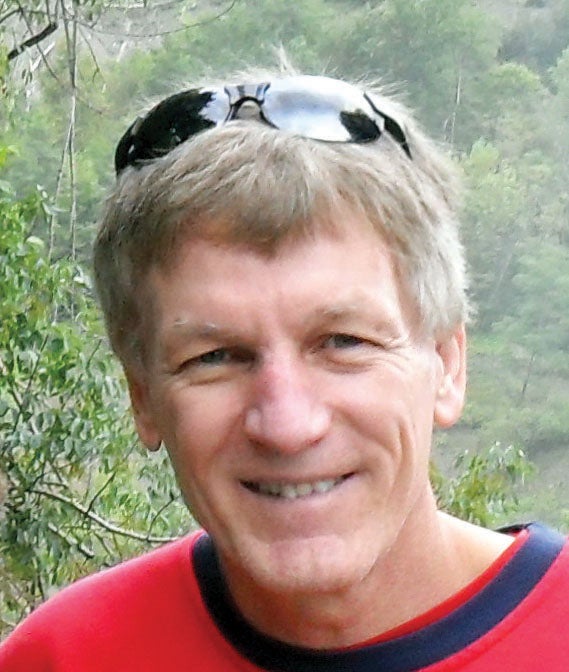Letters to the Editor — Oct. 31
Published 12:00 am Thursday, October 31, 2019
|
Getting your Trinity Audio player ready...
|
In appreciation of candidate forum
I would like to thank the candidates for Village of Clemmons mayor and council. All candidates for mayor — Larry Kirby and John Wait — and for council — Mary Cameron, Allen Daniel, PJ Lofland, Matt Moger, Mike Rogers, and Chris Wrights — participated in the candidate forum sponsored by the West Forsyth seminar civics class. I appreciate their support of the student work to give the voters of Clemmons a chance to hear the candidates in person and to meet and greet the candidates in an informal setting.
The major goal of the candidate forum is to connect our young people to Clemmons, and to demonstrate the value of local government in their own lives. As students prepare for the forum, they realize that the issues of local government directly impact their own lives. I appreciate that the candidates understand the value of engaging our young people in the issues of our village.
I also thank the members of the Clemmons Civic Club who have supported the forum. The club leadership and membership have endeavored successfully to promote the young people of Clemmons and their contributions to our community.
Clemmons is a great place with multiple means, such as the candidate forum, to strengthen connections between generations to build stronger relationships and stronger bonds. I am grateful for the contributions of all the candidates to promote the greater neighborhood of Clemmons.
— Kirsten Russ
Clemmons
Russ is a teacher at West Forsyth High School.
Economic inequality
In the November 2018 issue of “Scientific American,” there is a special report entitled, “The Science of Inequality” which includes the following four articles: 1) “A Rigged Economy: And what we can do about it” by Joseph Stiglitz; 2) “The Health-Wealth Gap: The growing gulf between rich and poor inflicts biological damage on bodies and brains” by Robert Sapolsky; 3) “Automating Bias: How algorithms designed to alleviate poverty can perpetuate it instead” by Virginia Eubanks; and 4) “The Environmental Costs of Inequality: Power imbalances facilitate environment degradation and the poor suffer the consequences” by James Boyce.
“Aftershock” by Robert Reich; “Our Endangered Values” (chapter 16) by Jimmy Carter; and “The Meritacracy Trap: How America’s Foundational Myth Feeds Inequality, Dismantles the Middle Class, and Devours the Elite” by Daniel Markovits (2019) provide historical depth and answers to important, relevant questions.
Sapolsky stated that among U.S. states and across countries, greater income inequality, independent of absolute income levels, predicts higher crime rates, including those for homicide; higher rates of incarceration; lower literacy; more teen pregnancies; higher rates of bullying of kids at school; more drug abuse and alcoholism; more psychiatric problems, and less happiness levels, social mobility and social support.
High inequality is also manifest in changes in bodies, including brains. Markovits wrote that presently income inequality in the U.S. exceeds that in Vietnam, Indonesia, India, Ukraine, Morocco and Iran and is not similar to those in other rich democratic nations.
— Avery G. Church
Clemmons


